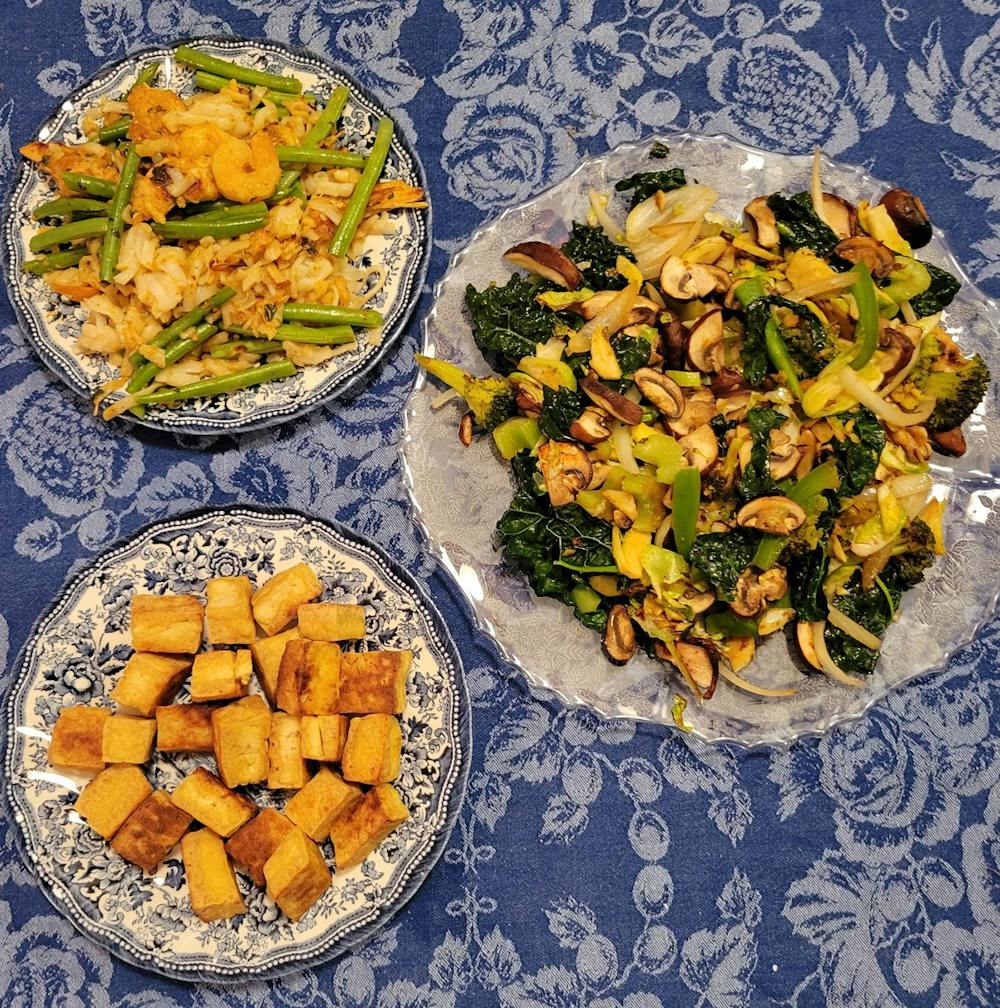Chinese New Year celebrations are going on now, including a 15-day period ending on Feb. 24 with the Lantern Festival, marking the first full moon of the year. During this celebration, people light lanterns to drive out darkness and bring hope for the coming year.
The centerpiece of a Chinese-style meal is inevitably rice. The U.S. Rice Federation reports that there are more than 120,000 varieties of rice in the world, so even the largest supermarkets carry only a tiny percentage of them.
MOON Co-op Market currently stocks six varieties of rice — short grain brown, long grain white, Basmati, sushi, Arborio and wild. Each has a distinctive appearance and taste.
Choosing rice requires making several decisions: organic or conventional? Brown or white? Long or short? Mild or full-flavored? Here’s the quick take on each of these choices.

Moon Co-op Market's bulk rice varieties.
Organic rice is grown without synthetic pesticides and fertilizers. Rice is grown in part in flooded fields, so the pesticides and fertilizers used to grow conventional rice can pollute streams and lakes.
The merits of brown rice versus white rice are debated. Brown rice removes only the hull, which is the outermost layer of the rice kernel, whereas white rice removes the bran and most of the germ layer as well.
Brown rice has more nutrient value than white rice, including more fiber and protein. Milling and polishing to produce white rice destroys or degrades many of the nutrients.
On the other hand, brown rice contains phytic acid, which inhibits digestion for many people. Conventional brown rice has a 50% higher concentration of arsenic than white rice, so if you prefer brown rice, it is especially important to choose organic.
Long-grain rice or short-grain rice is a matter of personal preference. Long-grain rice, which is more common in South and Southeast Asia, tends to separate when cooked, so it’s especially suitable for absorbing sauces such as curries. Basmati is a variety of long-grain white rice that is relatively aromatic with a nutty flavor.
Short-grain rice, which is more common in East Asia, is more likely to clump together, so it is easier than long-grain rice to eat with chopsticks. Sushi is a variety of tiny, pearl-like, short-grain white rice. It has a higher gluten and starch content than other varieties, giving it a sticky texture that is good for preparing sushi.
Most rice varieties are cooked by steaming in water. For long-grain white rice, the ratio is around two cups of water to one cup of rice. One cup of short-grain rice is usually cooked in around one and three-fourths cups of water.
Enjoy what you're reading?
Signup for our newsletter
Arborio is an Italian variety of highly starchy short-grain white rice that is typically used to make risotto. Rather than boiling in water, Arborio rice is usually cooked in a frying pan, with a hot flavored liquid added in small amounts. The result is creamier than other varieties.
MOON Co-op Market also carries wild rice, a multi-colored variety that looks like rice and is cooked and served like rice, but technically is not rice. Wild rice is actually a combination of seeds from several grasses that grow in shallow lakes and streams. Wild rice has a chewy taste and is more nutritious than other rice.
The organic rice in MOON Co-op Market is found in the bulk section of the store. Rather than lugging home a large box or bag, first start by trying small amounts of different rice and see which you like best.
Jim Rubenstein is Professor Emeritus of Geography. At Miami, he was Chair of the Department of Geography and Advisor for the Urban & Regional Planning major. He now writes human geography textbooks and consults on the auto industry at the Federal Reserve Bank of Chicago. In Oxford, he is Treasurer of the Board of Directors of MOON Co-op Market.




